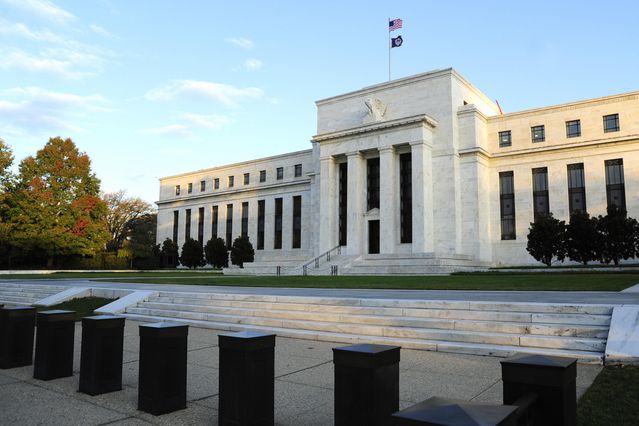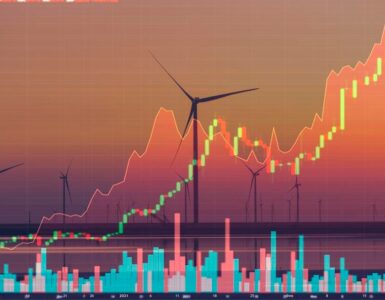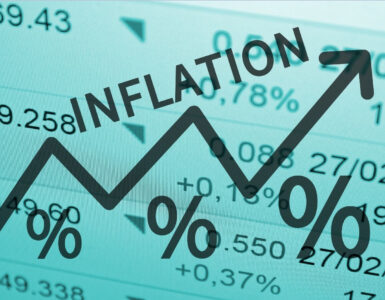The Federal Reserve is trying to land a plane from the high skies of strong economic activity and elevated inflation.
Starting today, it is time — or maybe it has been time — for investors to buckle their seatbelts, stow away their tray tables, and return seats to the upright position.
Because the answers on whether this swoon becomes a “hard” or “soft” landing for the economy are about to start rolling in.
Fed Chairman Jerome Powell, our proverbial economic pilot, has already begun descent of the plane through rate hikes in March, May, and June.
By raising interest rates another 0.75% today, the Fed will bring rates to a range of 2.25%-2.5%, or a “neutral” level estimated to be the point at which any further rate increases would be “restrictive” to economic activity. In September, economists expect the Fed to bring rates into this territory.
“The Fed has told us they’re unlikely to let up on the brakes until they see a convincing shift in the trajectory of monthly inflation readings that would signal progress towards the Fed’s 2% target,” PGIM Fixed Income Lead Economist Ellen Gaske wrote in a note Friday.
With interest rates at “neutral,” further rate hikes could have a more substantial bite into inflation, which clocked in at 9.1% on a year-over-year basis in June.
And the Fed suspects investors will find out just how many more rate hikes do the trick.
The central bank’s own projections from June estimate the Fed will need to raise rates to roughly 3.8% next year to pull off a slowdown in inflation. But Fed watchers are all over the place on this estimate — Deutsche Bank thinks the Fed will be forced to lift rates to 4.1%, but Goldman Sachs thinks the Fed will not be able to push rates past 3.5%.
The ideal landing for the economy is one where higher borrowing costs lower inflation but not at the cost of squeezing employers into laying off their employees. Ask employees in the tech sector, however, and you’re likely to hear the dream of this scenario has already passed us by.
That’s why Powell’s commentary in today’s press conference will prove critical.
Powell’s comments could signal how the Fed may move in the central bank’s three remaining scheduled meetings, set for September, November, and December. And how much economic and financial market discomfort the Fed is willing to endure.
“The pace of hikes remains uncertain as we get into the fall,” wrote UBS’ Solita Marcelli on Monday.
Whether the next hikes are 0.50% or 0.75% or 1.00% in those fall meetings will depend on how employment and inflation data come in. One more wrinkle making this landing a bit trickier: monetary policy operates with a lag, meaning timing may be difficult for the Fed to nail in a rapidly evolving economic environment.
As a reminder, the seat belt sign is turned on.
The Fed statement is due at 2 p.m. ET, followed by the chairman’s press conference at 2:30 p.m. ET.
Buckle up.
What to Watch Today
Economic calendar
- MBA mortgage applications (week ended July 22)
- Durable goods orders (June)
- Retail inventories (June)
- Wholesale inventories (June)
- Pending home sales (June)
- FOMC statement
- Fed Chair Jerome Powell press conference
Source: Yahoo Finance










